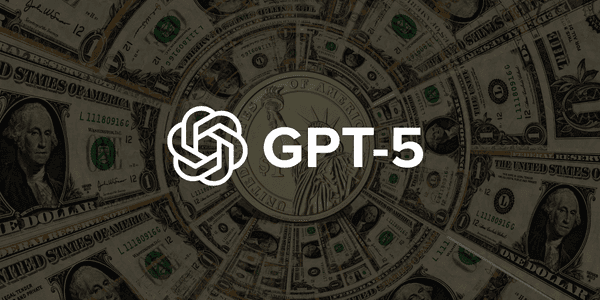OpenAI has shaken up the AI industry this week with the launch of GPT-5 at remarkably low rates. This move could mark the beginning of a long-awaited price war among the major AI providers.
GPT-5 stands out with competitive rates.
The new model costs $1.25 per million input tokens and $10 per million output tokens. This pricing is significantly lower than that of competitor Anthropic, whose Claude Opus 4.1 starts at $15 per million input tokens and $75 per million output tokens. Compared to Google’s Gemini 2.5 Pro, GPT-5 also offers a strong price-quality ratio.
CEO Sam Altman expressed satisfaction with this pricing strategy via social media. Although GPT-5 performs only slightly better in benchmarks than models from Anthropic, Google DeepMind, and xAI, it excels particularly well in programming tasks.
Developers are responding enthusiastically to the pricing. Simon Willison, who was involved in the launch, describes the rates as “aggressively competitive.” Matt Shumer from OthersideAI further emphasizes that GPT-5 is even cheaper than OpenAI’s own GPT-4o model.
Consequences for companies and startups
For companies that develop or implement AI tools, the competitive pricing presents interesting opportunities. Especially startups, which often struggle with high and unpredictable costs for AI models, can improve their margins as a result.
Developers of coding assistants and other AI services also benefit. For instance, Cursor added GPT-5 as an option within minutes of the announcement.
Market reaction and future developments
The big question is whether competitors will respond with their own price reductions. Google has previously undercut OpenAI, while Anthropic offers certain usage forms at a discount.
A price war would be beneficial for the many companies that rely on AI technology. However, caution is warranted: the enormous investments in infrastructure—OpenAI alone has a $30 billion contract with Oracle—make structural price decreases difficult.
In the coming months, it will become clear whether OpenAI's move actually leads to broader rate competition within the AI sector.

